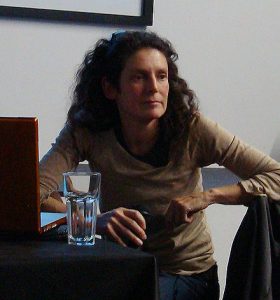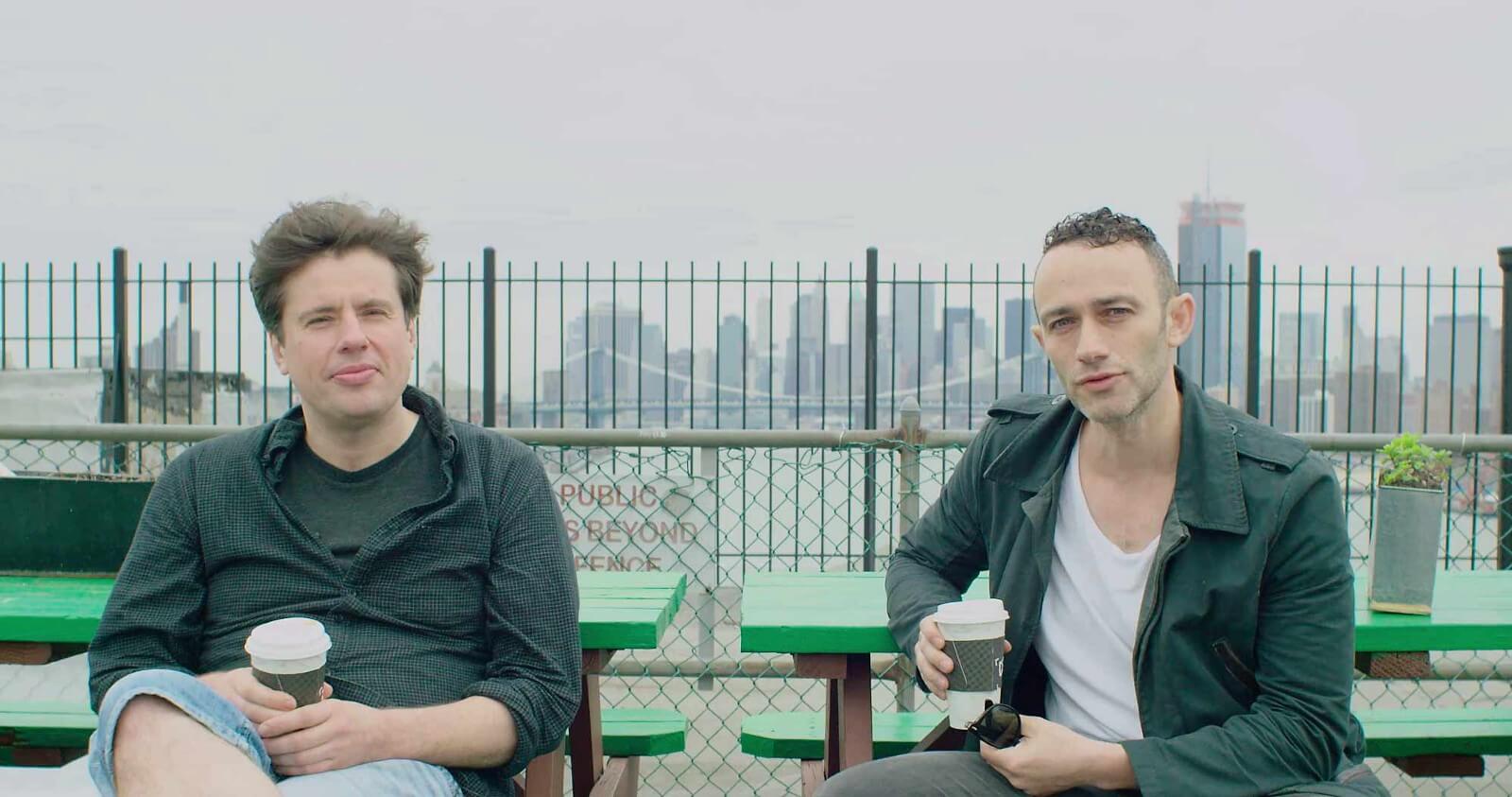
Snark.art, a digital laboratory for blockchain-based art, has unveiled its first artistic collaboration with artist Eve Sussman. The new art piece, called 89 Seconds Atomized is an attempt to introduce and illustrate the concept of collective ownership, the company said on Wednesday.

89 Seconds Atomized is a re-invention of Sussman’s acclaimed video artwork, 89 Seconds at Alcazár, which attempts to capture the moments before and after the image depicted in the seminal work Las Meninas. The 1656 painting by Diego Valezquez is one of the most analyzed and discussed works of art in history, and widely considered one of the most important.
Created with Rufus Corporation, the original 89 Seconds at Alcazár video premiered at the 2004 Whitney Biennial. For Snark.art, Sussman has digitally shattered the last artist’s proof from 89 Seconds at Alcazár into 2,304 digital blocks, or “atoms”. Each atom is 400 pixels of the entire visual frame with an approximately 10-minute duration, the total running time of the video with the complete multilayered soundtrack.
“Collaborating with Snark.art has been a process of reimagining what it means to distribute an artwork in an entirely different way,” said Sussman. “The exciting part of this experiment really begins once all the atoms are dispersed to the new community of owners and they need to collaborate to bring the video to life as a whole.”
All atoms will be available for purchase for US$100 each using credit card payment or cryptocurrency on Snark.art’s website starting November 30. Collectors will be able to buy up to ten pieces atoms, receiving a unique digital signature proving ownership.
Following the sell-through of 89 Seconds Atomized, the piece will live on through the community of owners. While the owner of an individual atom will be able to screen the content of that particular piece at any time, the complete set of 2,304 atoms will only be able to be pieced back together through communal screenings at the request and approval of all owners.
Should an owner wish to screen the complete video, he or she will be able to request a loan from the entire community for a specified period of time. If all owners agree to the loan request, the complete video will be shown. However, should any owners reserve the right to not participate in the loan request, the screening will have atoms missing.
Founded in 2017 by Andrey Alekhin, CEO, and Misha Libman, head of product, Brooklyn-based Snark.art is a blockchain laboratory exploring creative and commercial possibilities of the technology in art. It works with international artists, curators, and artistic partners to create blockchain-based art.

“We started Snark.art to engage both the art and blockchain communities,” said Alekhin.
“Artists are by nature experimenters, and digital artists in particular are often at the forefront of new media practices. The community behind blockchain is similarly experimental and conceptual. Instead of working in parallel, Snark.art will engage both communities to identify new use projects for blockchain as an artistic medium.”
Some of Snark.art’s future collaborations include not-for-profits For Freedoms and Pioneer Works, projects by curator Sara Raza, as well as artists Tommy Hartung, James Clar, Simon Lee, among others.
The first work, scheduled for 2019, is Fortune Cookie, an experimental poetry project initiated by a writer known only by the moniker Mr. Fox.
Speaking about his aspirations for Snark.art, Libman said in an August post:
“I would love it if one or a few of our projects fundamentally changed how blockchain technology is viewed. It’s become so difficult to have an impact on people. All eyes are on a cell phone or a laptop — this is a new reality, and we could really do something quite incredible with that. Something that could have resonance globally.
“If something we did got the attention of that global audience, actually moved them emotionally, aesthetically and made them rethink the way they live, they think — that’s my dream.”

